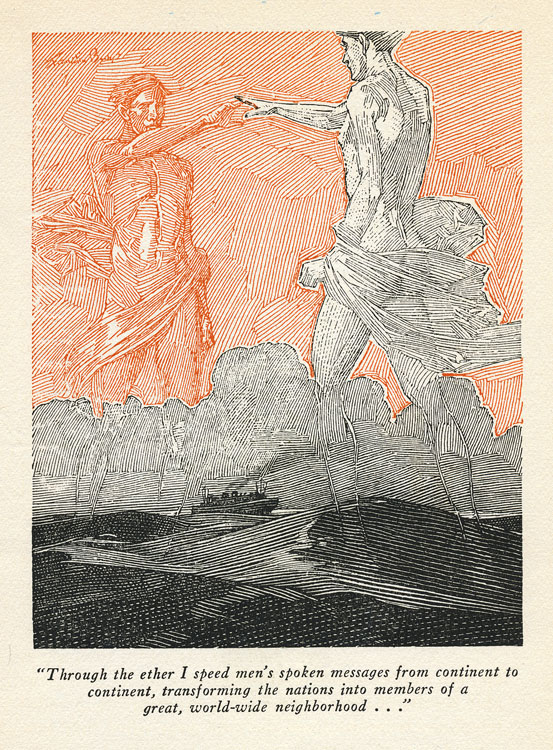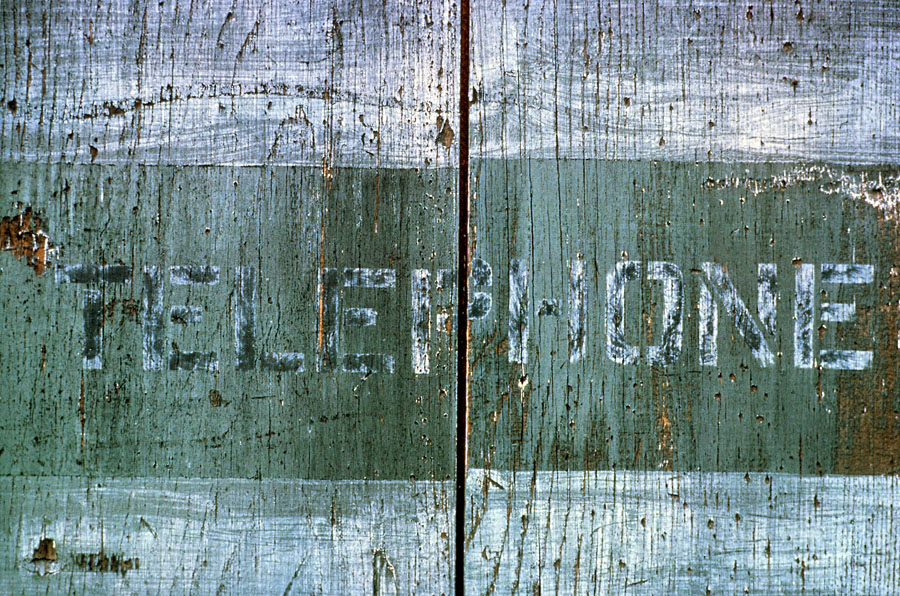Call me! back in the day

The 19th century Industrial Revolution brought to the world a host of seemingly miraculous advances . . . photography, color printing, the X-ray, automobiles and a lengthy list of other advances.
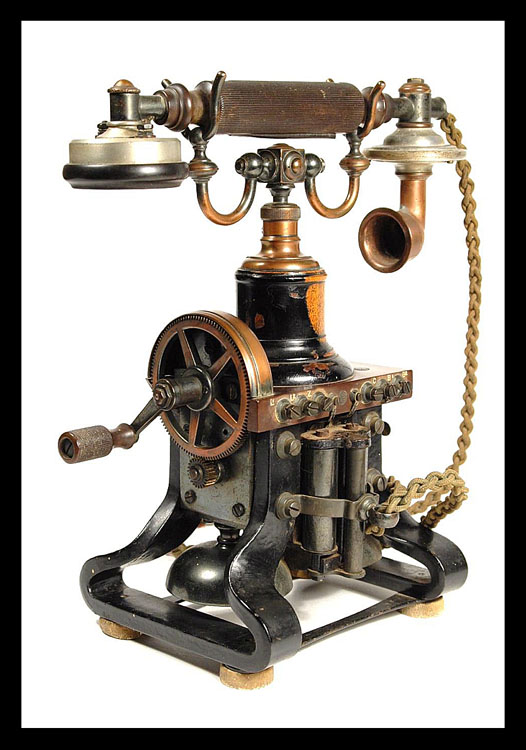
One of these was a device which could send one’s voice anywhere and everywhere: the telephone.
The earliest telephone “systems” were simply a point to point connection, followed by small connected networks, then by increasingly widespread connections. With early devices, one needed to crank a magneto (as in the handset above) to generate enough electricity to power the call. When I lived in rural New Hampshire in the late 1960s, the neighboring town of Meriden still had a small, local private phone system with magneto crank units; calls went through a central operator, and folks had telephone numbers like “36” and “14”. I remember once calling someone, giving the central operator the number, and having her tell me that she would ring it if I wished but that if I was looking for Steve I was), he was over at Howard’s house and would I rather have her direct the call there? Our family doctor still made house calls in those days, too, but that is another story.
The area of telephony offers all sorts of possibilities for doing research and forming collections.
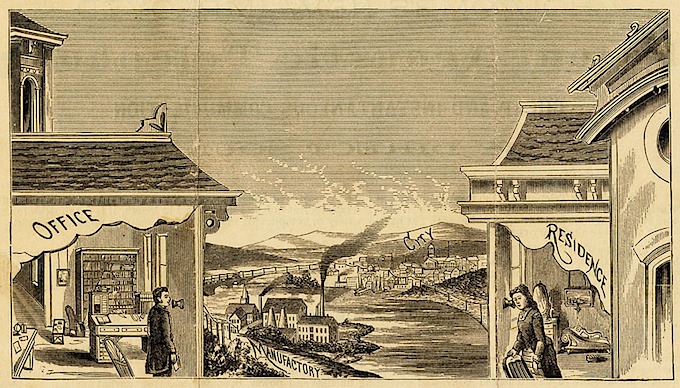
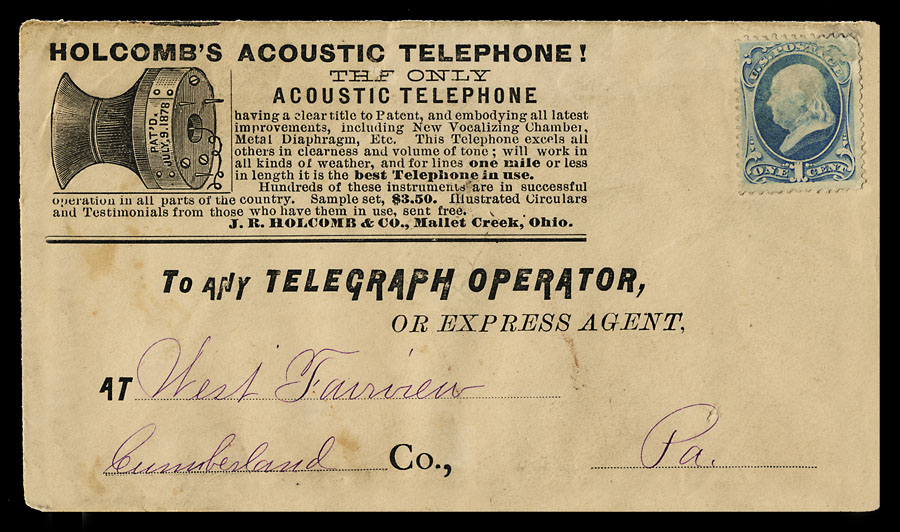
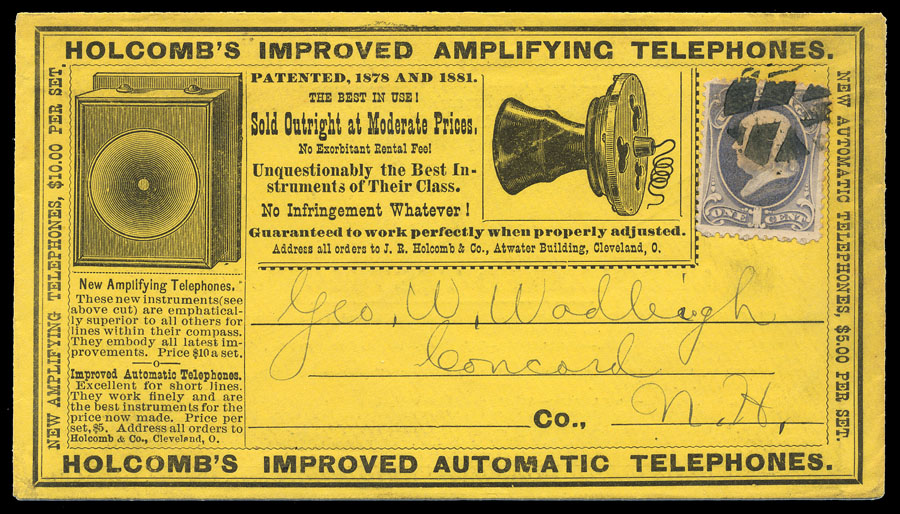
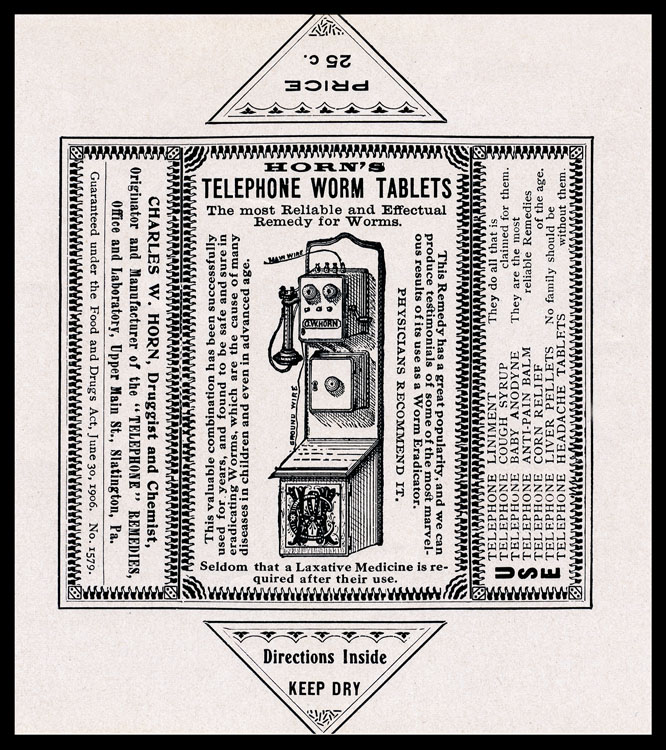
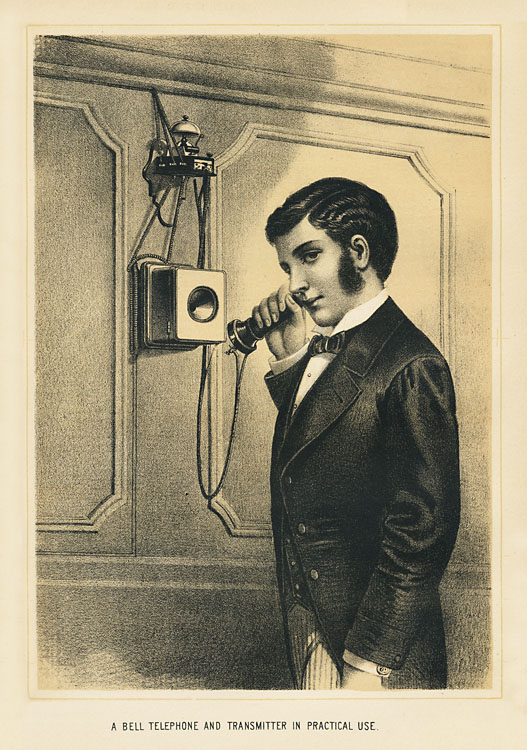
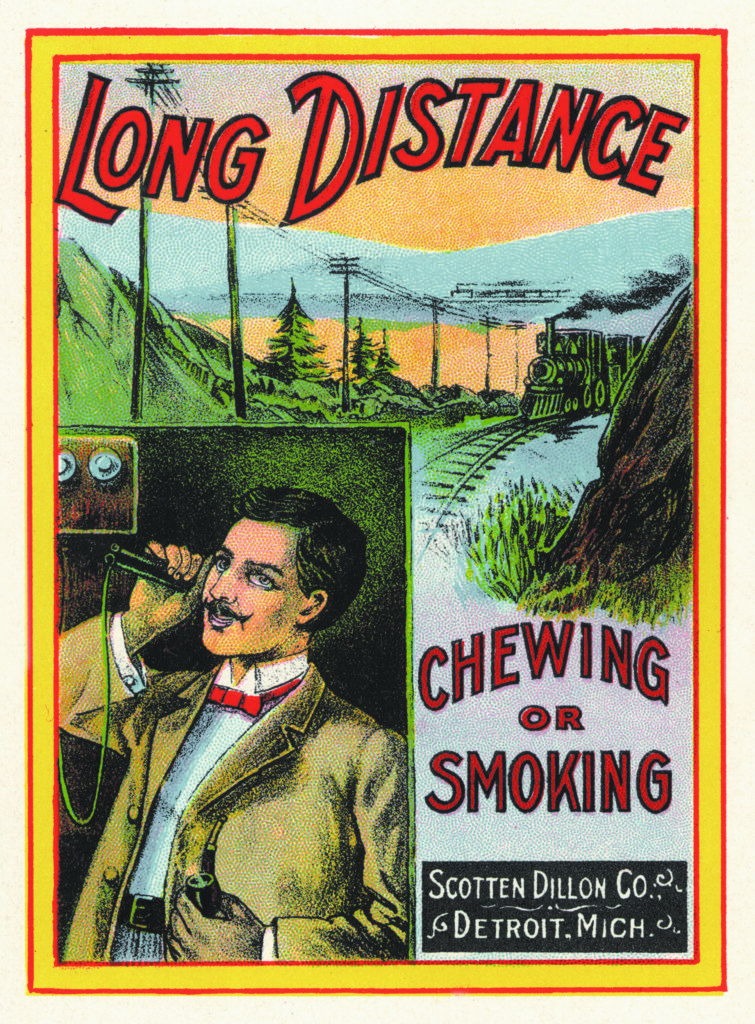
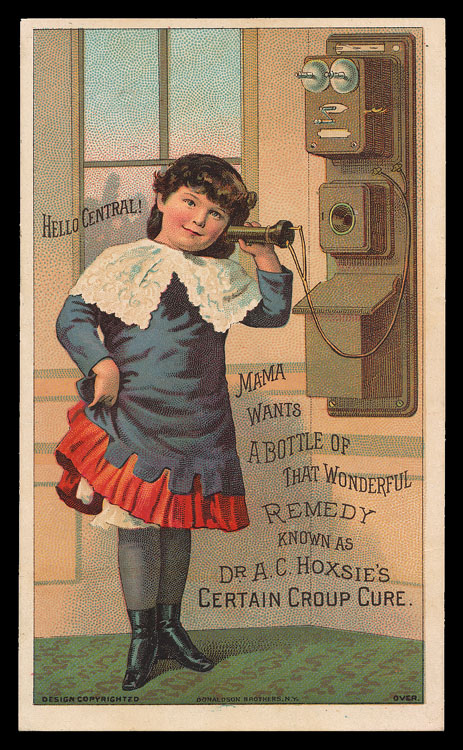
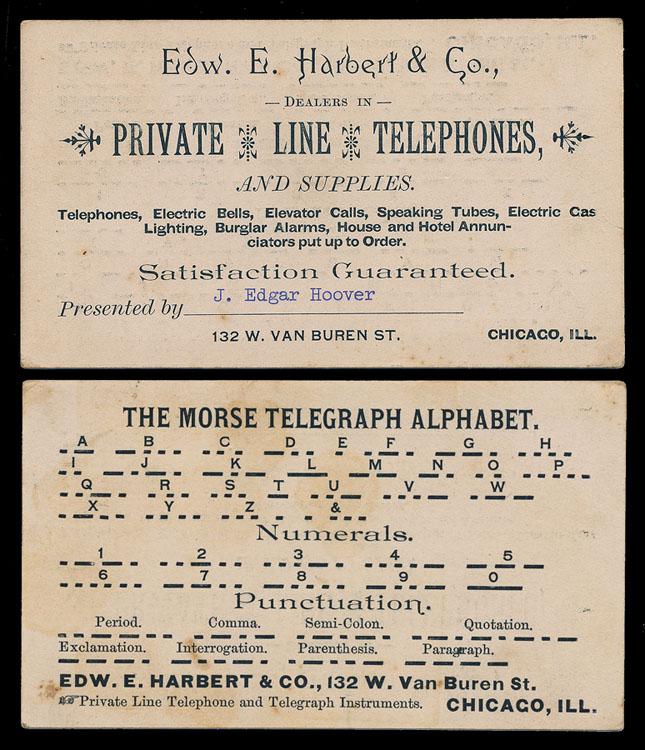
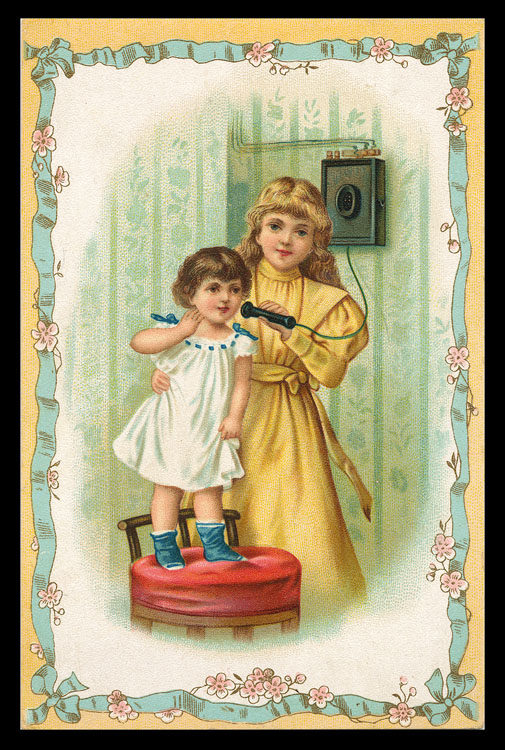
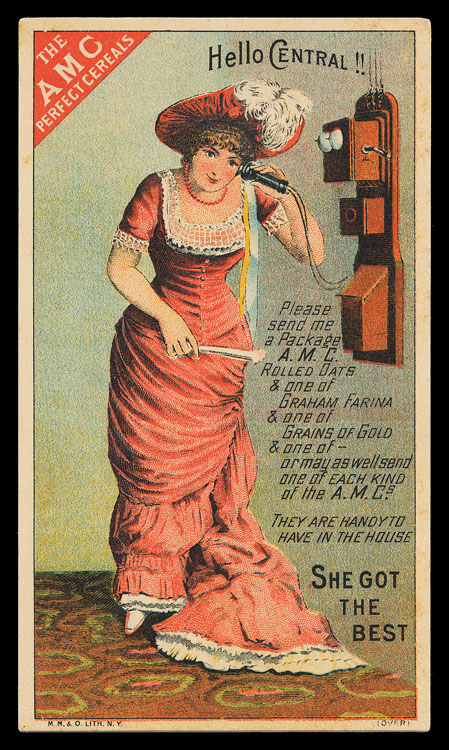
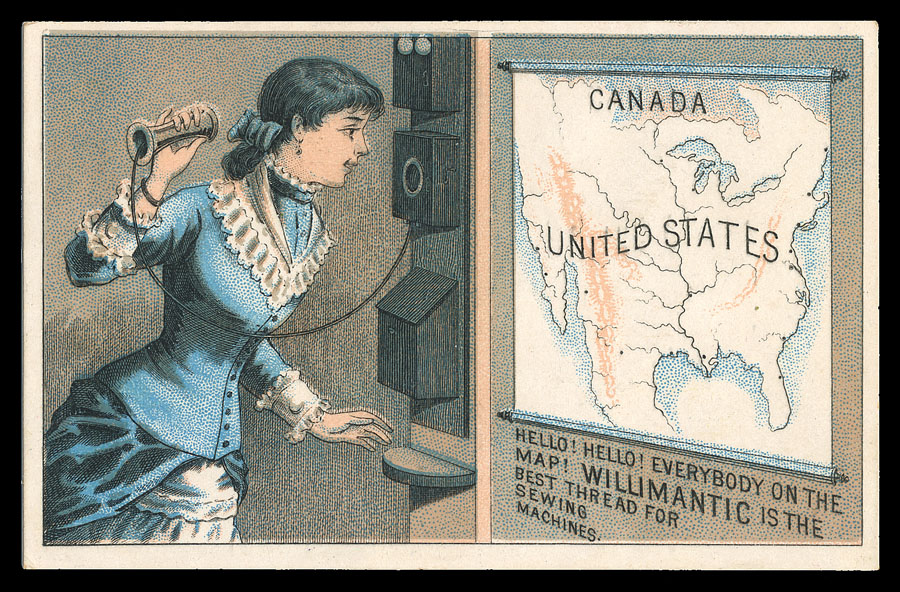
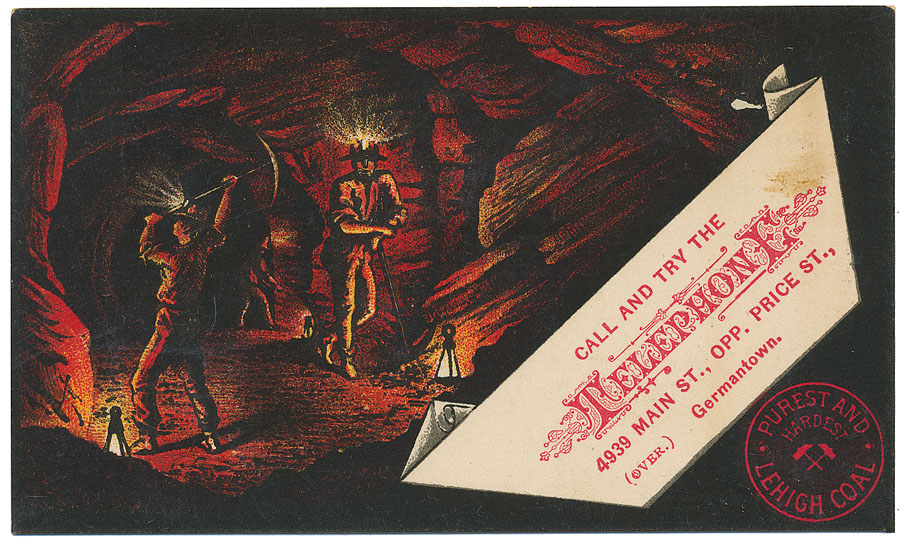

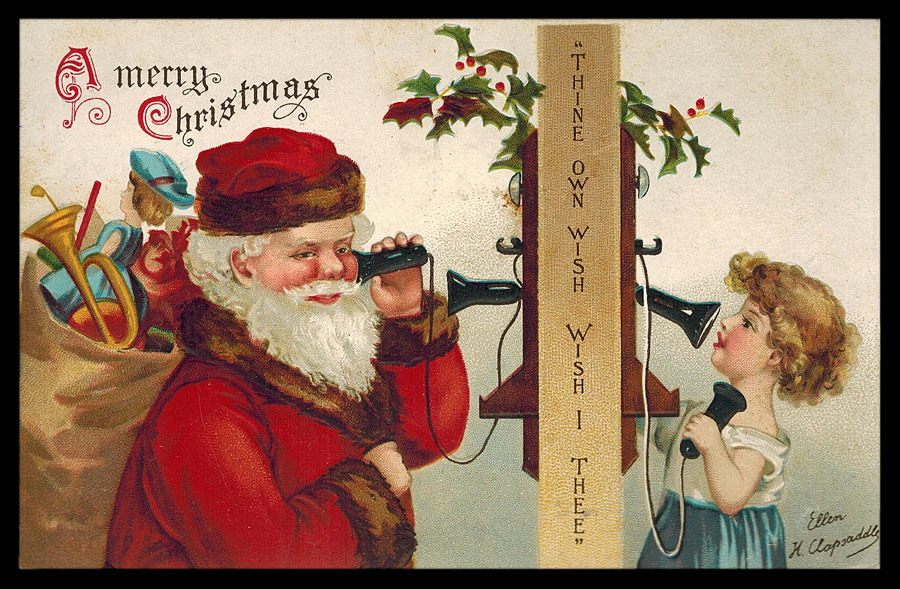
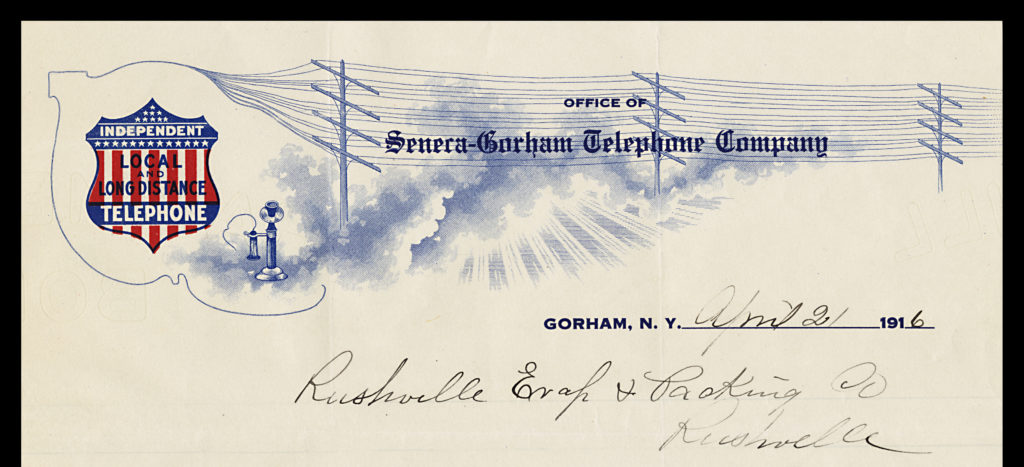
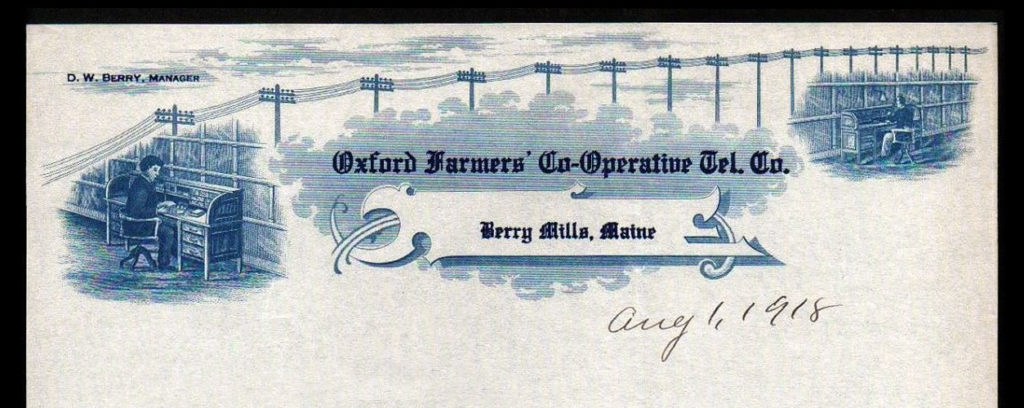
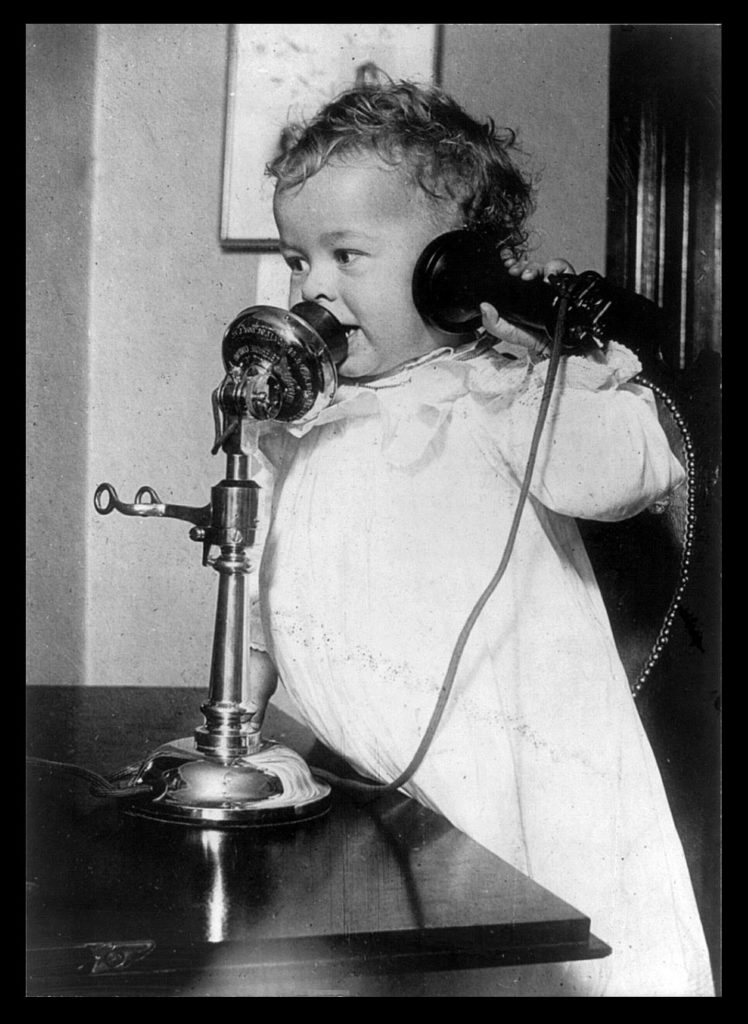
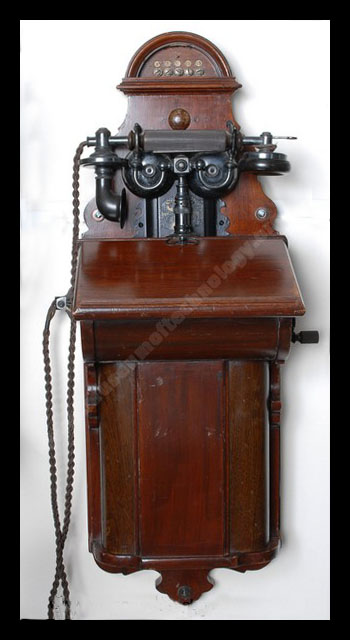

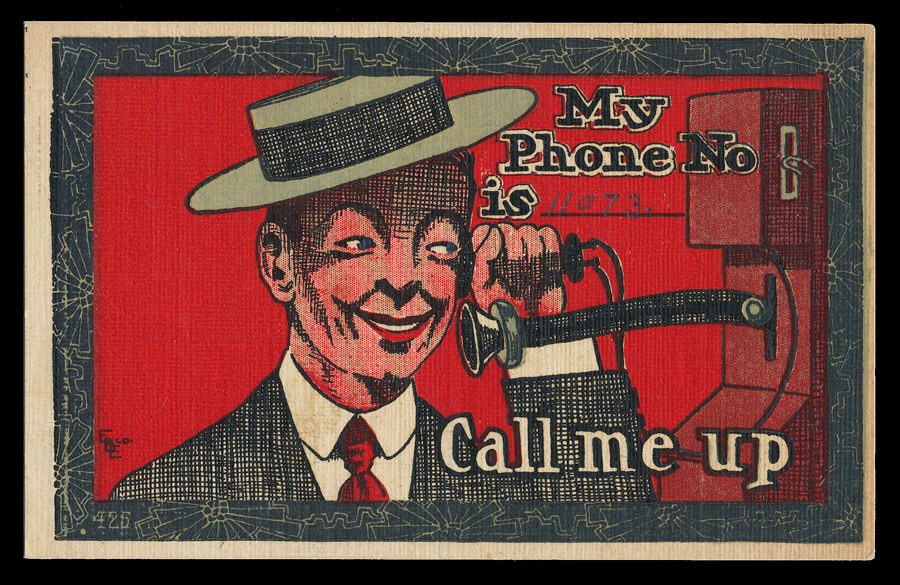
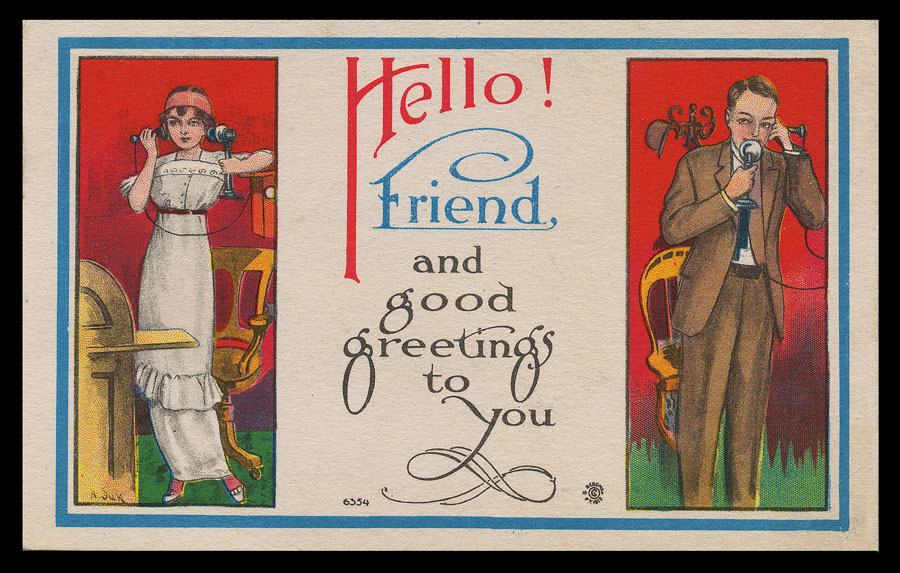
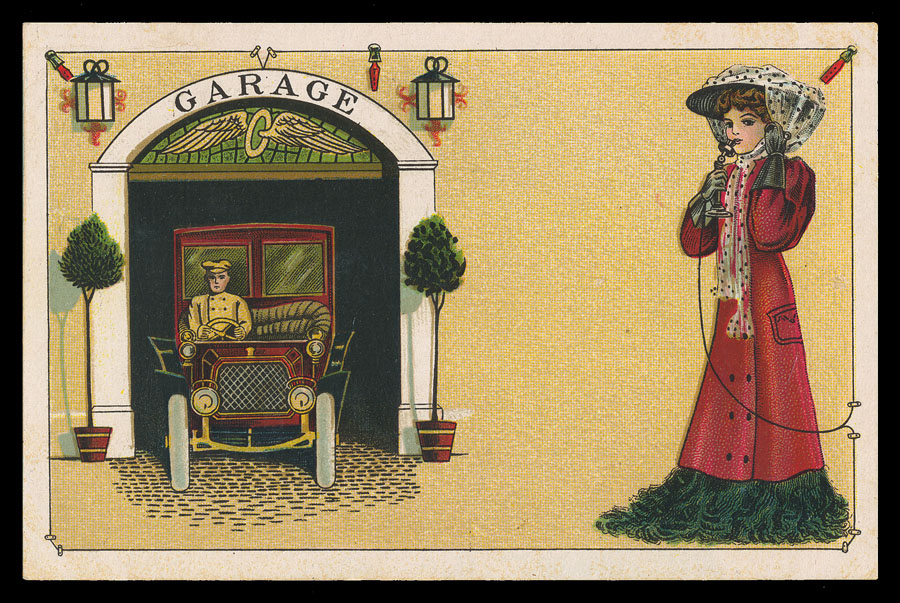
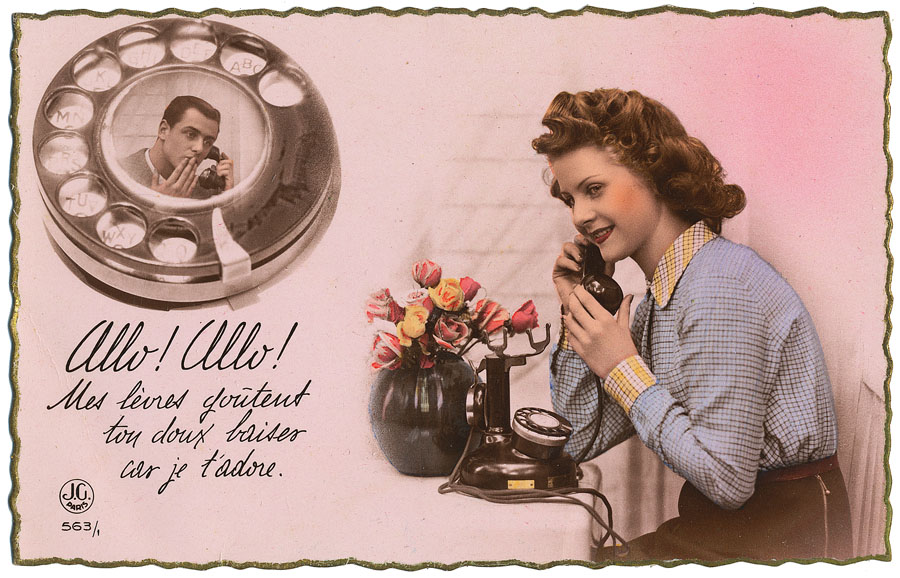

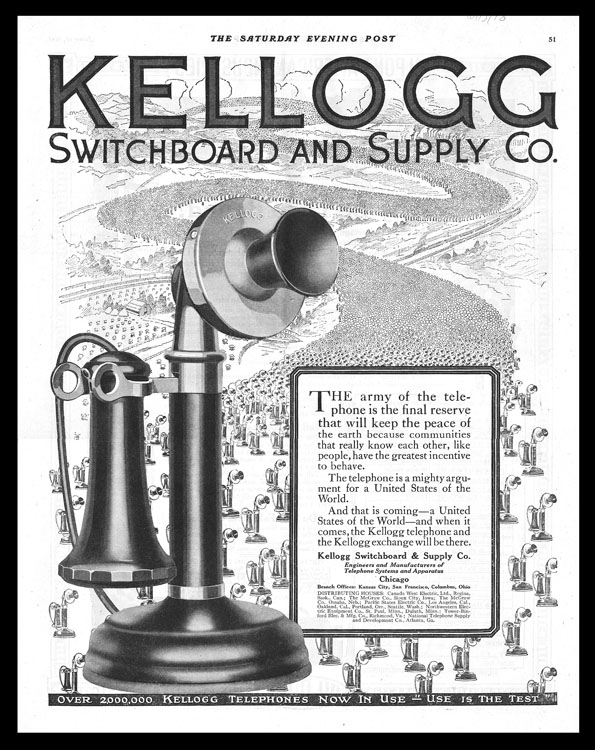
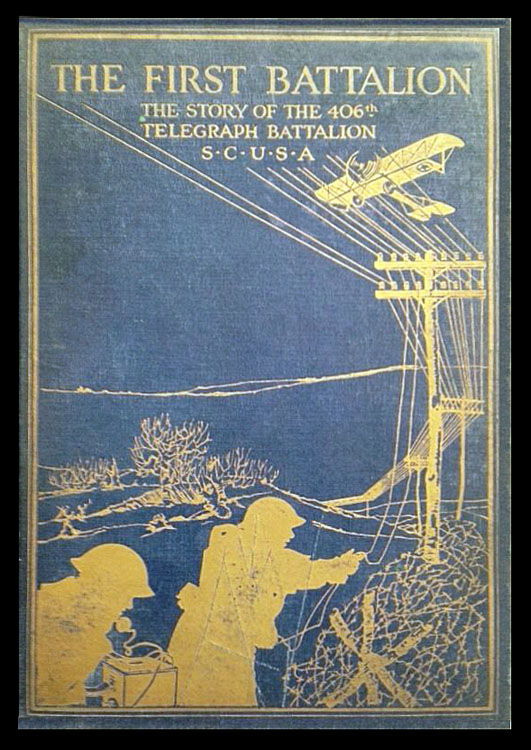
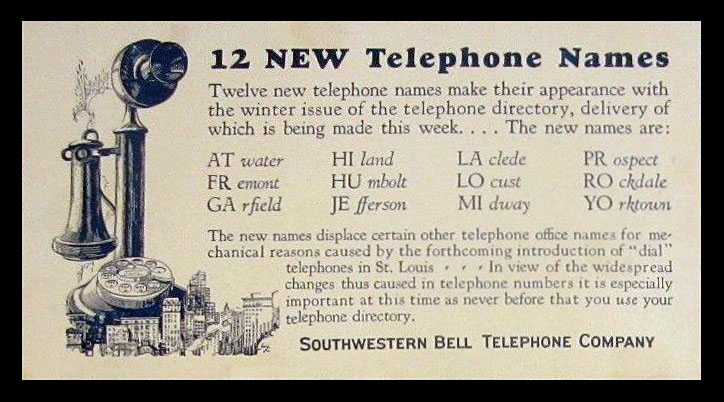
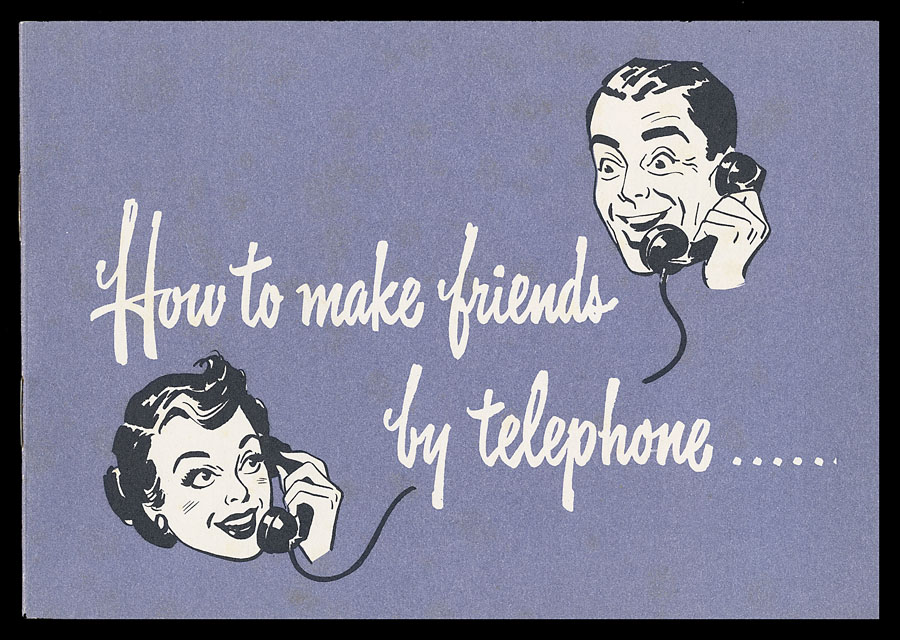
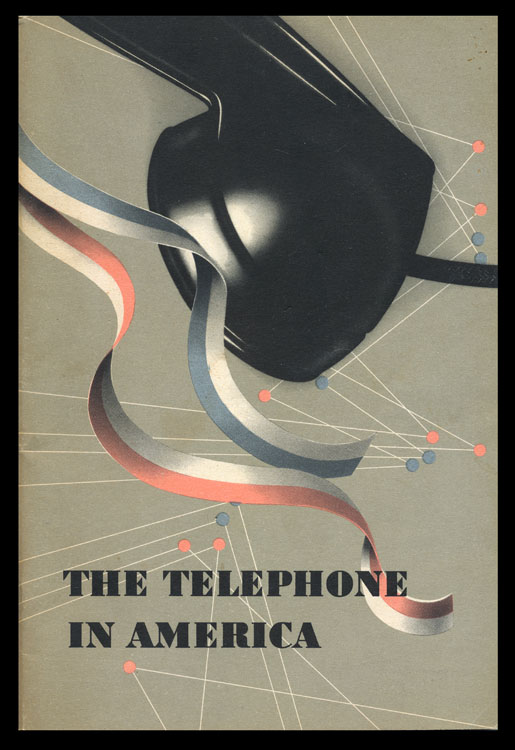
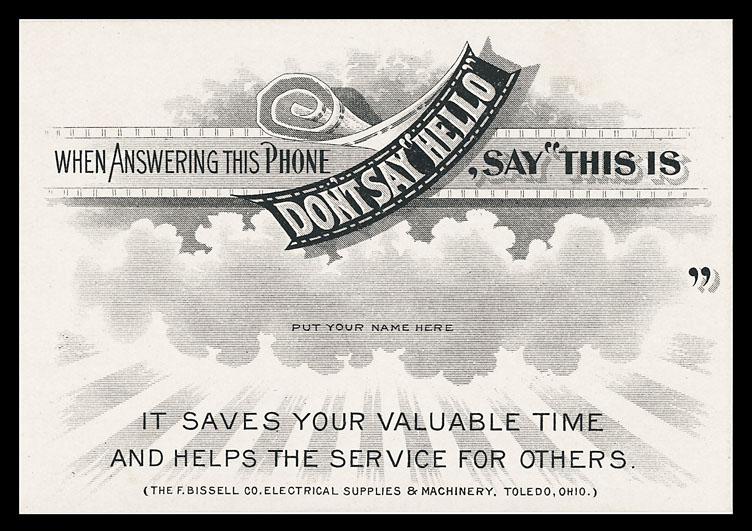
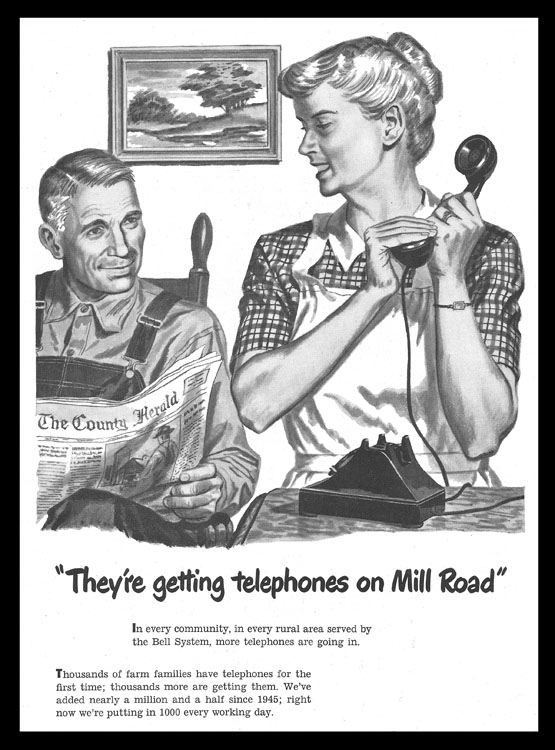
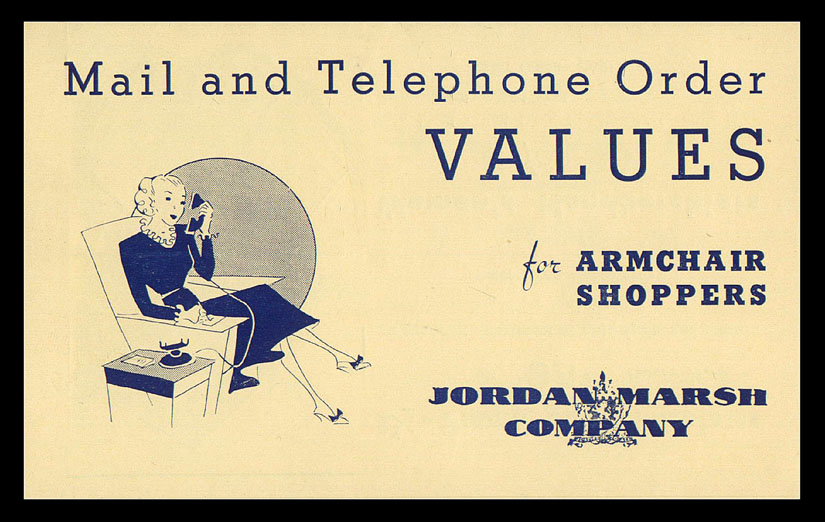
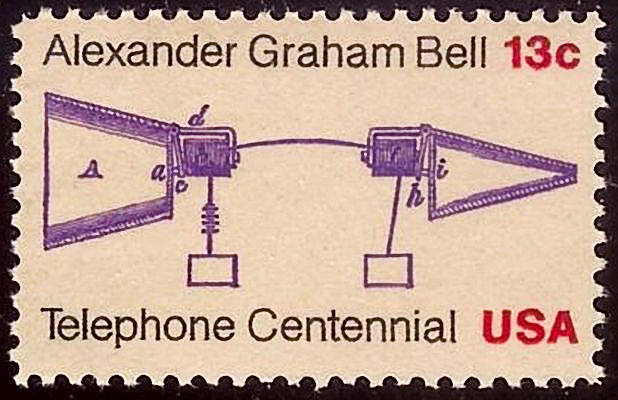
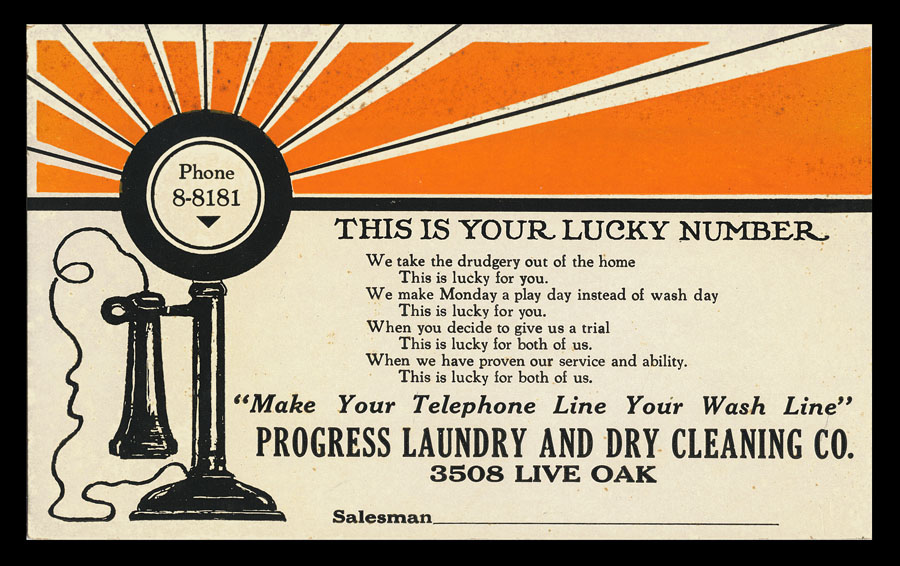
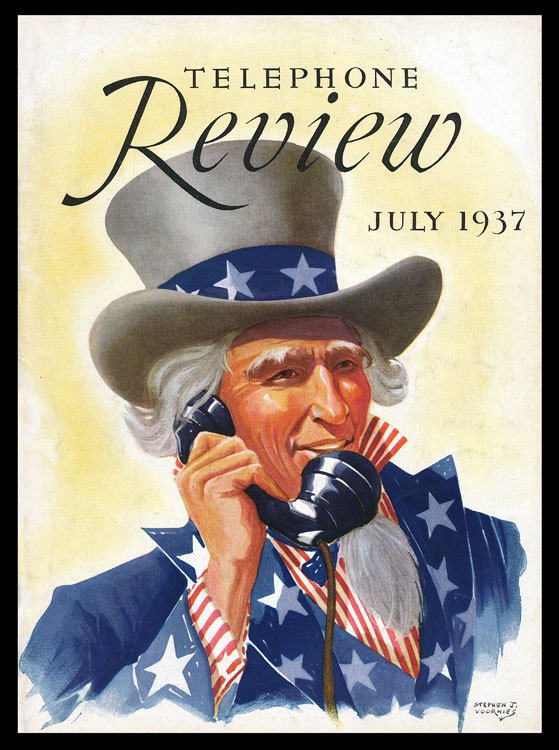
Interestingly (below), the telephone systems of the early 20th century were envisioned as a worldwide web “transforming the nation into members of a great, world-wide neighborhood” . . . the very role that is being fulfilled in the present 21st century by the internet, the worldwide web.
